Rising Demand for Fragrance Ingredients
The Ethyl Linalool Market is experiencing a notable increase in demand for fragrance ingredients, driven by the expanding personal care and cosmetics sector. As consumers increasingly seek products with natural and appealing scents, ethyl linalool, known for its pleasant floral aroma, is becoming a preferred choice among manufacturers. The market for fragrances is projected to grow at a compound annual growth rate of approximately 5.5% over the next few years, indicating a robust opportunity for ethyl linalool. This trend is further supported by the rising popularity of eco-friendly and sustainable products, which often incorporate natural fragrance components. Consequently, the Ethyl Linalool Market is likely to benefit from this shift, as brands strive to meet consumer preferences for high-quality, naturally derived ingredients.
Regulatory Support for Natural Ingredients
The Ethyl Linalool Market is positively impacted by regulatory support for the use of natural ingredients in various applications. Governments and regulatory bodies are increasingly promoting the use of natural compounds in personal care, food, and beverage products, recognizing their benefits for consumer health and the environment. This regulatory environment encourages manufacturers to incorporate ethyl linalool into their formulations, as it is deemed safe and effective. The trend towards stricter regulations on synthetic chemicals further enhances the appeal of natural ingredients, positioning the Ethyl Linalool Market favorably. As regulations evolve, the demand for compliant and safe products is expected to rise, providing a conducive atmosphere for the growth of ethyl linalool in multiple sectors.
Expansion of Food and Beverage Applications
The Ethyl Linalool Market is witnessing an expansion in its applications within the food and beverage sector. Ethyl linalool is utilized as a flavoring agent due to its sweet and floral notes, which enhance the sensory experience of various products. The food industry is increasingly focusing on clean label products, which has led to a surge in demand for natural flavoring agents. Reports suggest that the food flavoring market is expected to grow at a rate of around 4.2% annually, creating a favorable environment for ethyl linalool. This growth is indicative of a broader trend towards natural ingredients in food products, positioning the Ethyl Linalool Market as a key player in meeting these evolving consumer demands.
Technological Advancements in Extraction Methods
The Ethyl Linalool Market is benefiting from technological advancements in extraction methods, which enhance the efficiency and quality of ethyl linalool production. Innovations such as steam distillation and supercritical fluid extraction are becoming more prevalent, allowing for higher yields and purer products. These advancements not only reduce production costs but also improve the overall sustainability of the extraction process. As manufacturers seek to optimize their operations, the adoption of these technologies is likely to increase, thereby bolstering the Ethyl Linalool Market. Furthermore, improved extraction techniques can lead to a more consistent product quality, which is essential for maintaining consumer trust and satisfaction.
Increased Interest in Natural and Organic Products
The Ethyl Linalool Market is significantly influenced by the growing consumer interest in natural and organic products. As awareness of the potential health risks associated with synthetic chemicals rises, consumers are gravitating towards products that are perceived as safer and more environmentally friendly. Ethyl linalool, being a naturally occurring compound, aligns well with this trend. The organic personal care market is projected to grow at a rate of approximately 8% annually, suggesting a substantial opportunity for ethyl linalool to penetrate this segment. This shift towards natural ingredients not only enhances the appeal of products but also encourages manufacturers to reformulate their offerings, thereby driving growth within the Ethyl Linalool Market.


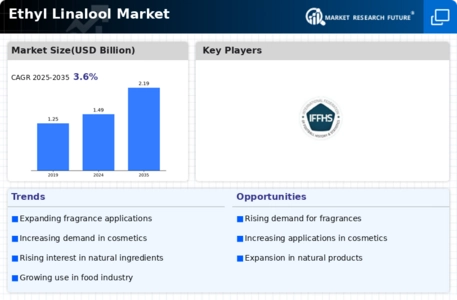
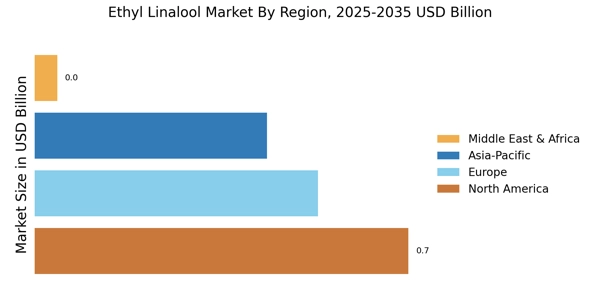

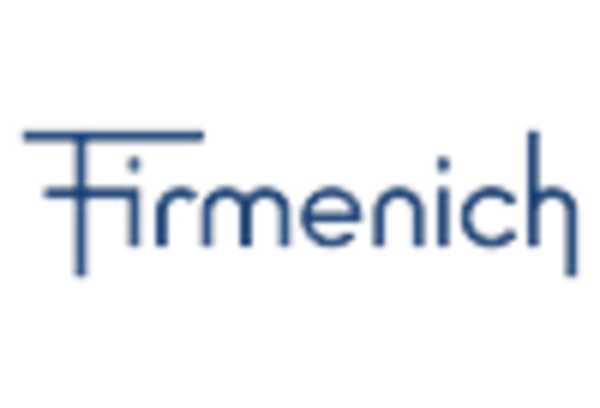
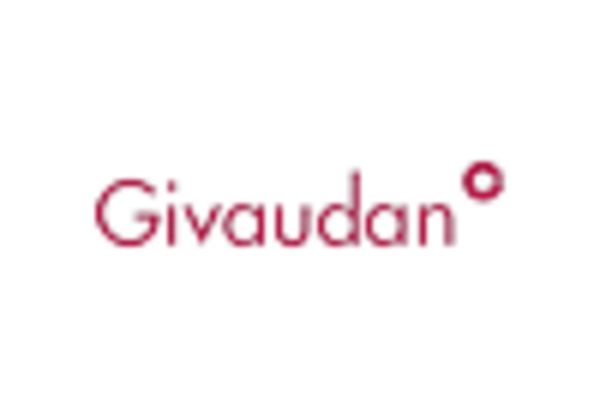
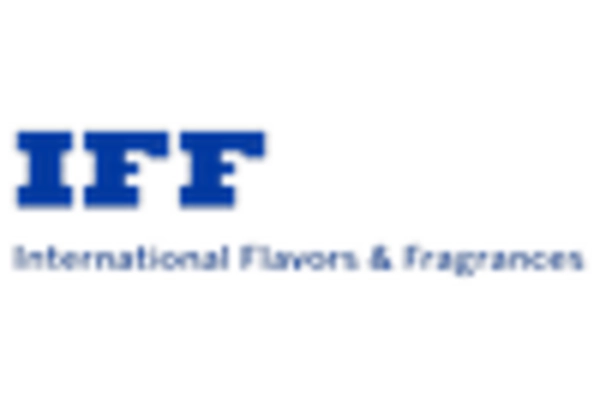
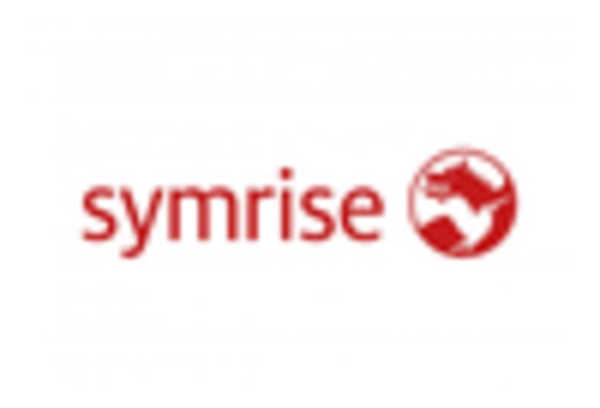
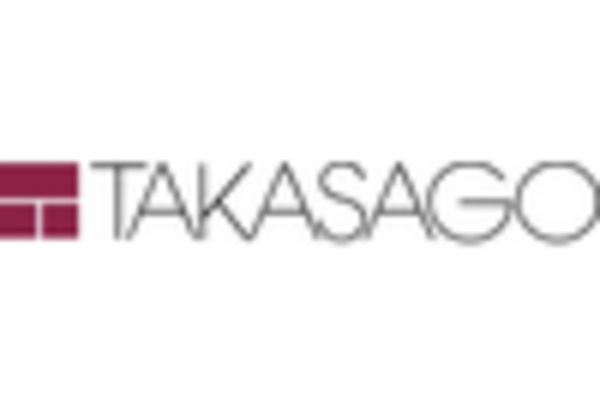








Leave a Comment